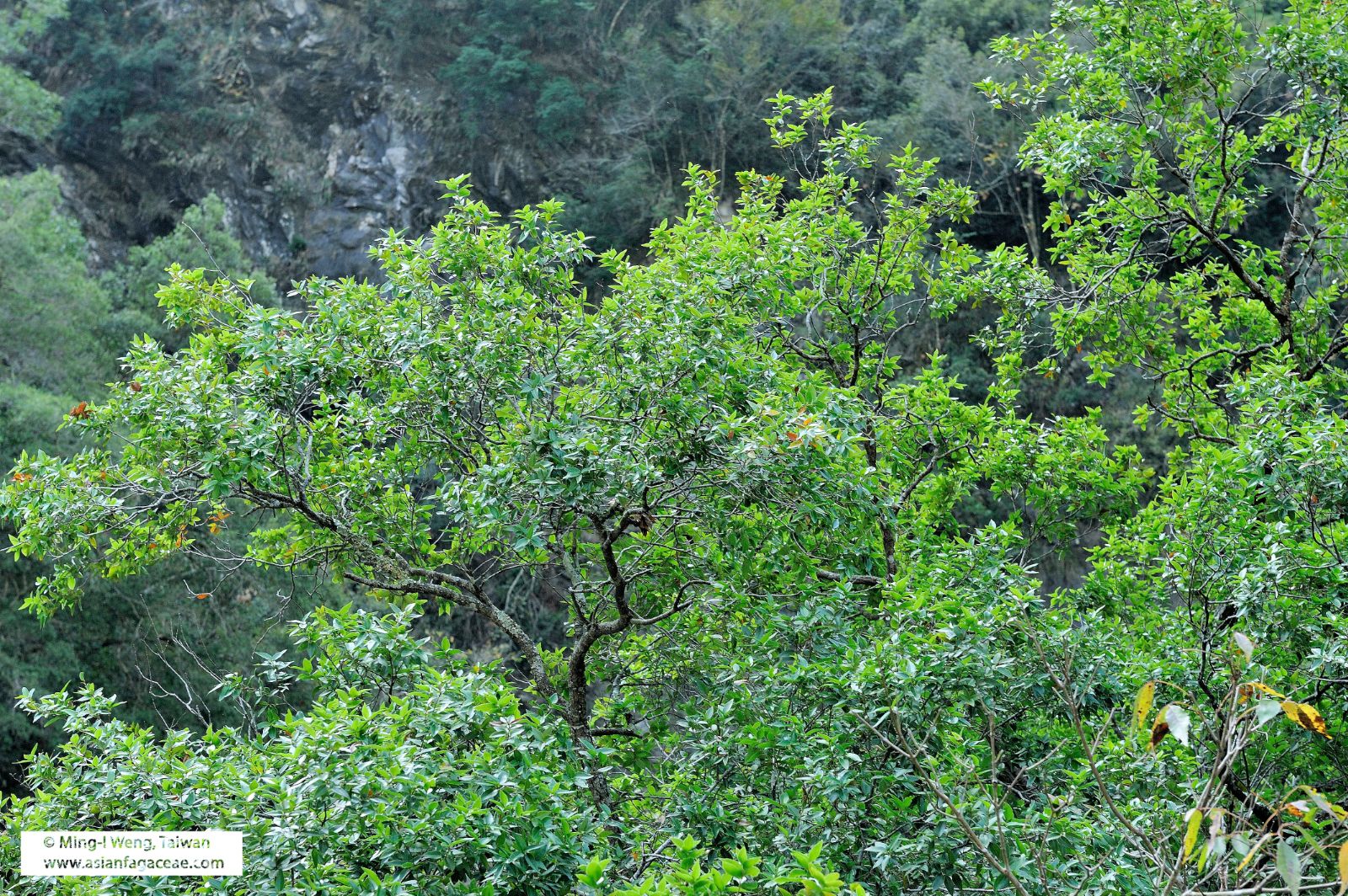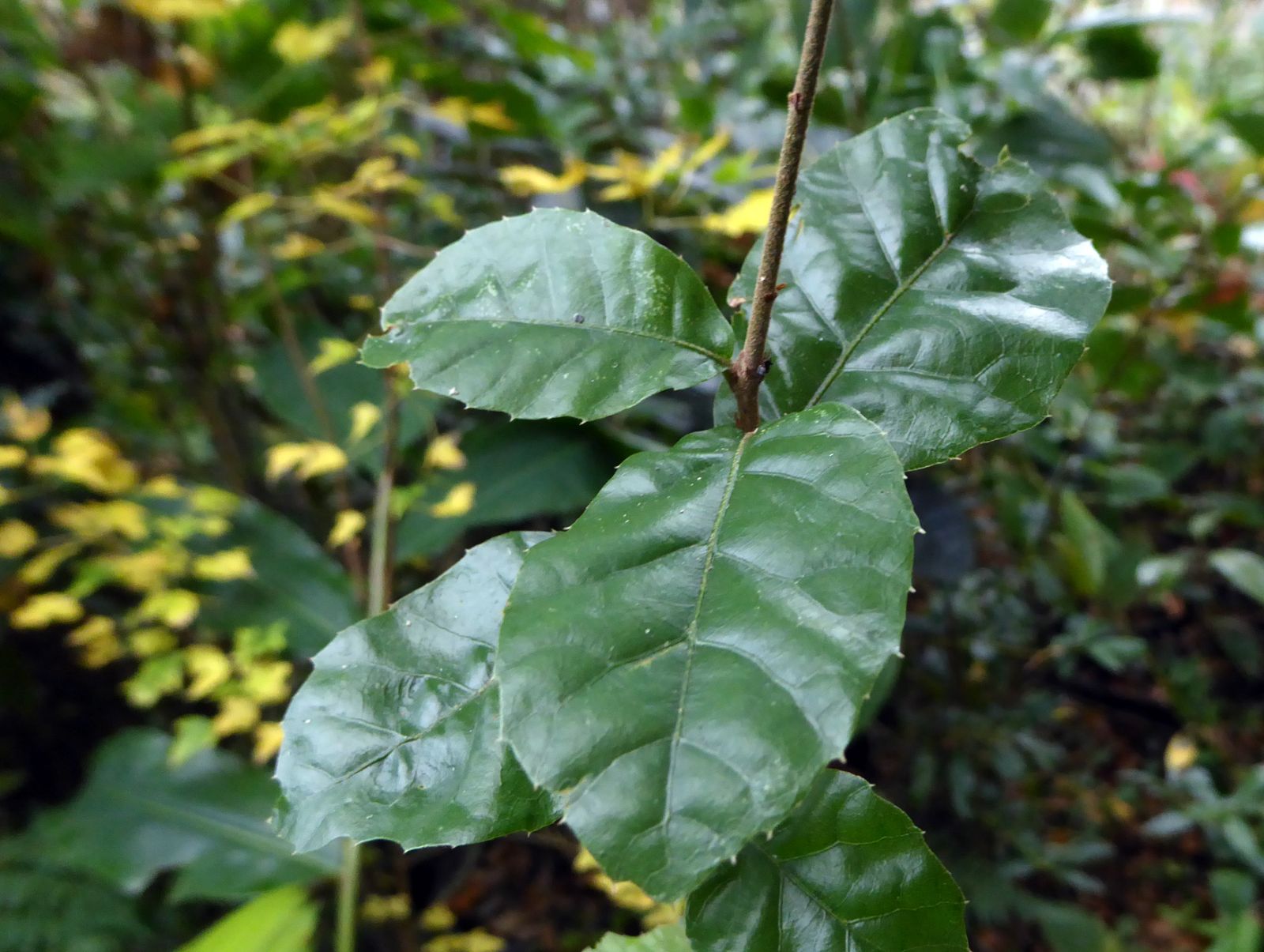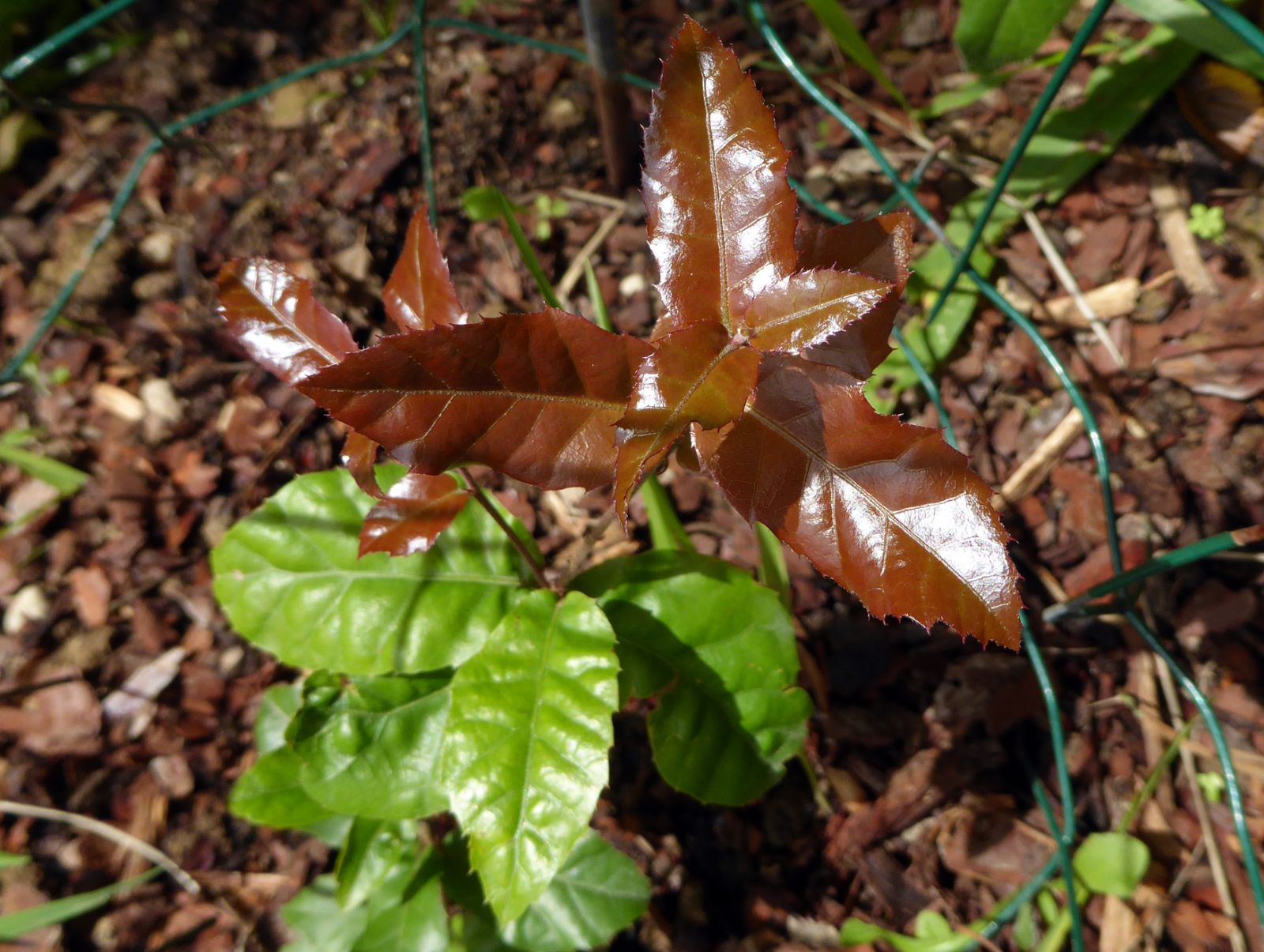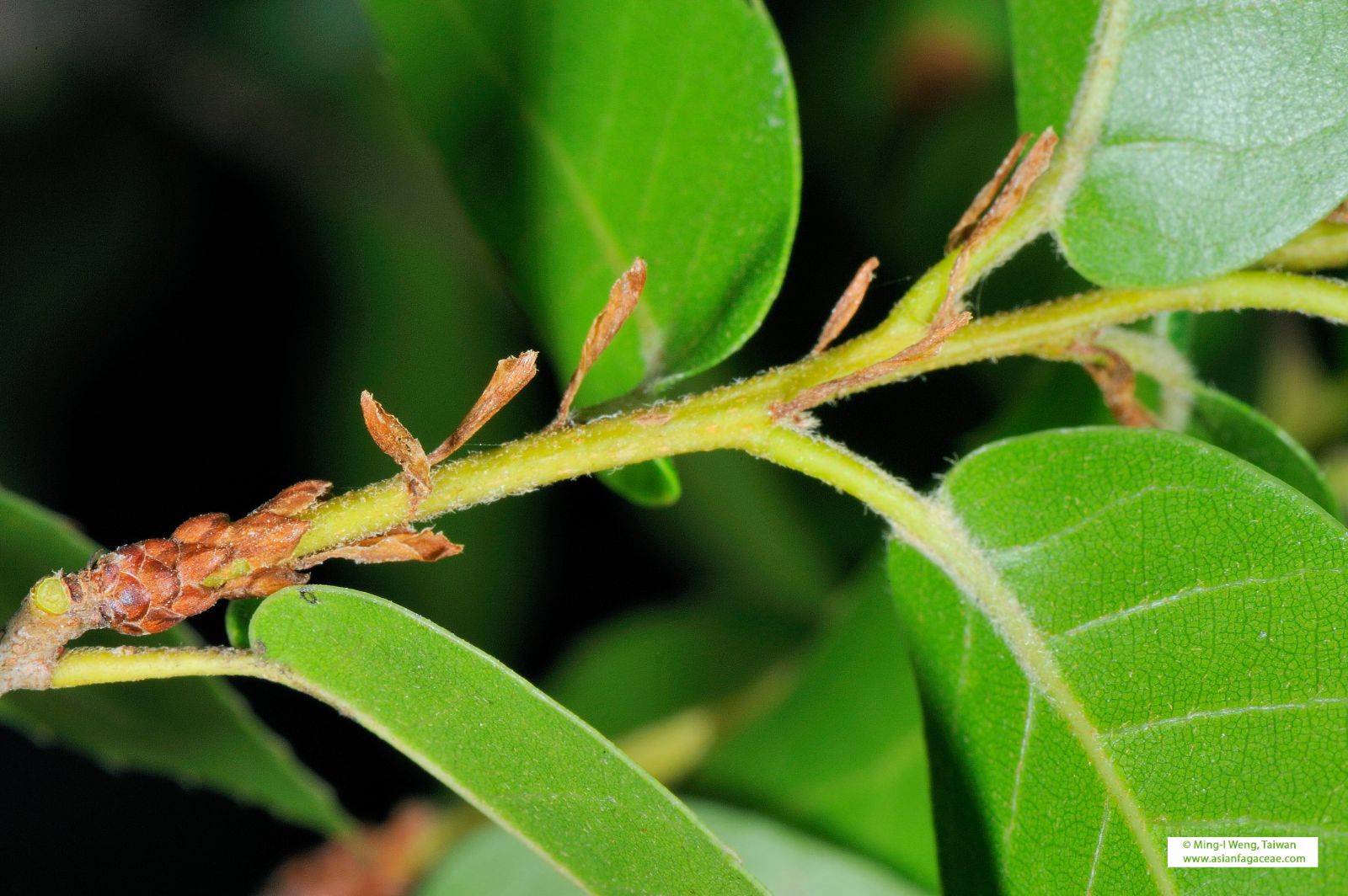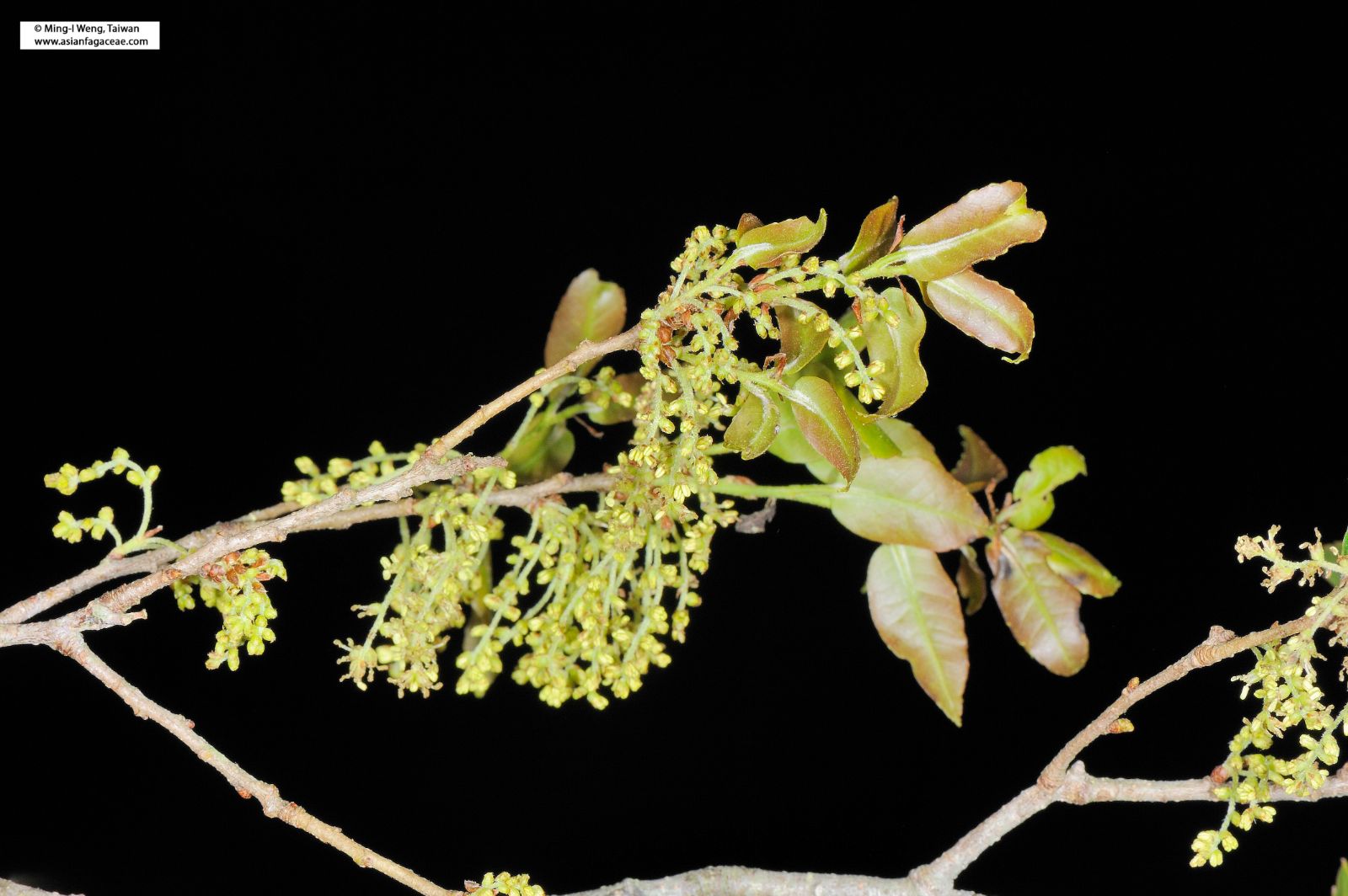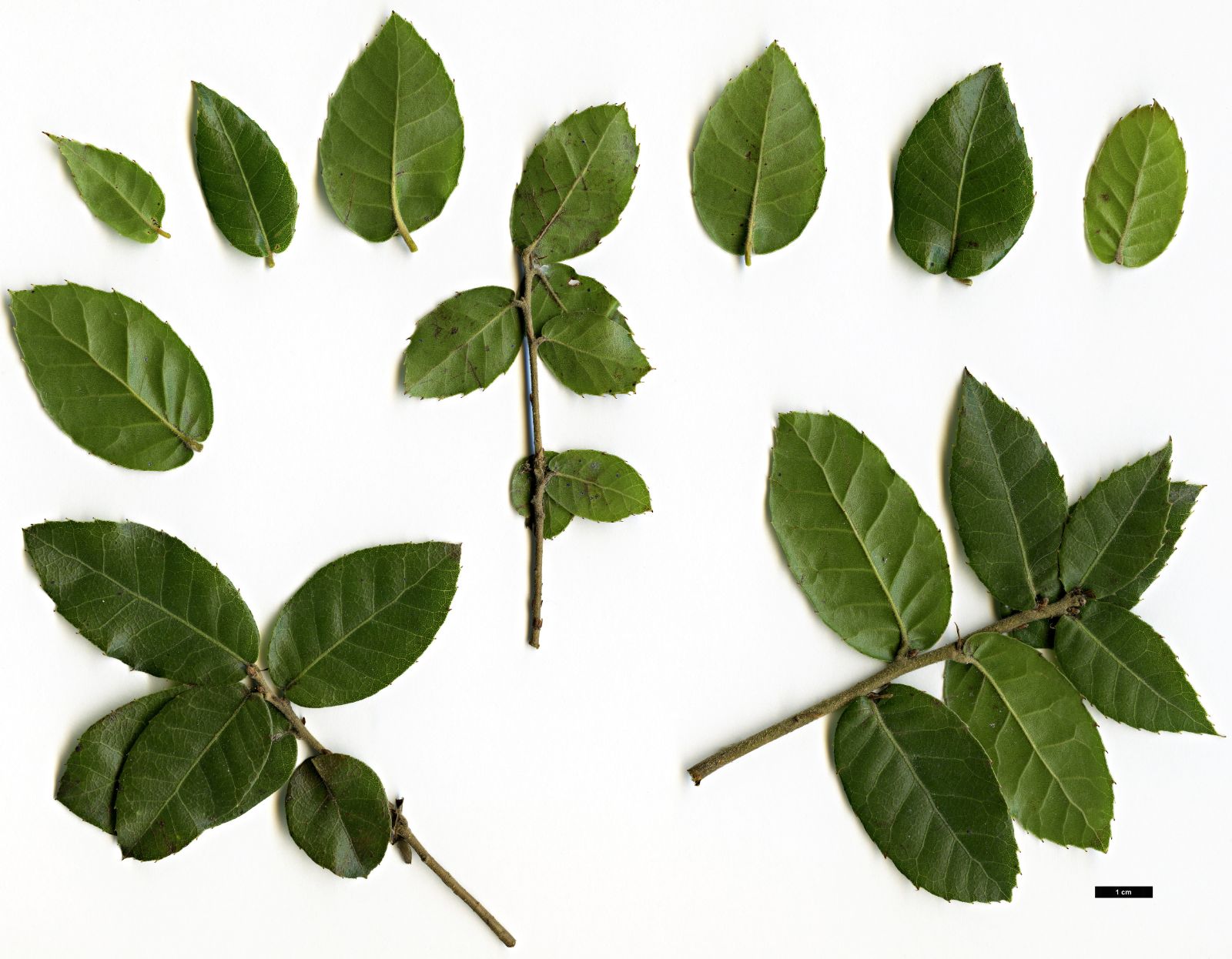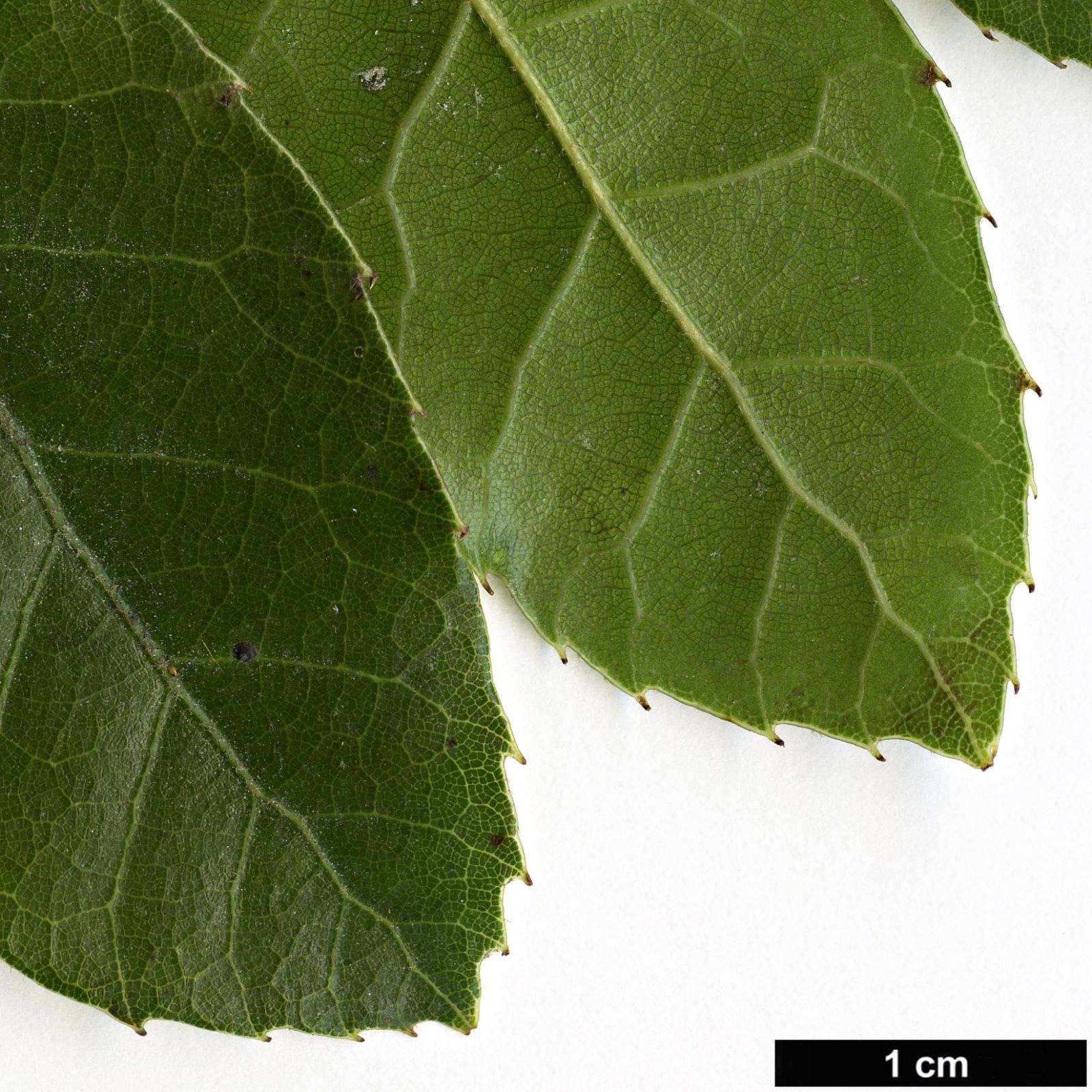Quercus tarokoensis
Sponsor
Kindly sponsored by
The Trees and Shrubs Online Oak Consortium
Credits
Allen Coombes & Roderick Cameron (2021)
Recommended citation
Coombes, A. & Cameron, R. (2021), 'Quercus tarokoensis' from the website Trees and Shrubs Online (treesandshrubsonline.
Genus
- Quercus
- Subgen. Cerris, Sect. Ilex
Other taxa in genus
- Quercus acerifolia
- Quercus acherdophylla
- Quercus acrodonta
- Quercus acuta
- Quercus acutifolia
- Quercus acutissima
- Quercus afares
- Quercus affinis
- Quercus agrifolia
- Quercus alba
- Quercus aliena
- Quercus alnifolia
- Quercus aquifolioides
- Quercus arizonica
- Quercus arkansana
- Quercus aucheri
- Quercus augustini
- Quercus austrina
- Quercus × auzendei
- Quercus baloot
- Quercus bambusifolia
- Quercus baronii
- Quercus bicolor
- Quercus brantii
- Quercus buckleyi
- Quercus canariensis
- Quercus canbyi
- Quercus candicans
- Quercus castanea
- Quercus castaneifolia
- Quercus cerris
- Quercus chenii
- Quercus chrysolepis
- Quercus coccifera
- Quercus cocciferoides
- Quercus coccinea
- Quercus conspersa
- Quercus crassifolia
- Quercus crassipes
- Quercus delavayi
- Quercus dentata
- Quercus deserticola
- Quercus dolicholepis
- Quercus douglasii
- Quercus dumosa
- Quercus durifolia
- Quercus eduardii
- Quercus ellipsoidalis
- Quercus emoryi
- Quercus engelmannii
- Quercus engleriana
- Quercus euboica
- Quercus eugeniifolia
- Quercus fabri
- Quercus faginea
- Quercus falcata
- Quercus floribunda
- Quercus frainetto
- Quercus franchetii
- Quercus fruticosa
- Quercus fusiformis
- Quercus gambelii
- Quercus garryana
- Quercus geminata
- Quercus georgiana
- Quercus germana
- Quercus gilliana
- Quercus gilva
- Quercus glabrescens
- Quercus glauca
- Quercus graciliformis
- Quercus gravesii
- Quercus griffithii
- Quercus grisea
- Quercus guyavifolia
- Quercus hartwissiana
- Quercus hemisphaerica
- Quercus × hispanica
- Quercus hondae
- Quercus hypargyrea
- Quercus hypoleucoides
- Quercus ilex
- Quercus ilicifolia
- Quercus imbricaria
- Quercus incana
- Quercus infectoria
- Quercus insignis
- Quercus ithaburensis
- Quercus kelloggii
- Quercus × kewensis
- Quercus kiukiangensis
- Quercus laceyi
- Quercus laevis
- Quercus lamellosa
- Quercus lanata
- Quercus lancifolia
- Quercus laurifolia
- Quercus laurina
- Quercus × leana
- Quercus leucotrichophora
- Quercus × libanerris
- Quercus libani
- Quercus lobata
- Quercus lobbii
- Quercus lodicosa
- Quercus longinux
- Quercus longispica
- Quercus look
- Quercus × ludoviciana
- Quercus macranthera
- Quercus macrocalyx
- Quercus macrocarpa
- Quercus macrolepis
- Quercus marilandica
- Quercus mexicana
- Quercus michauxii
- Quercus mongolica
- Quercus monimotricha
- Quercus montana
- Quercus morii
- Quercus muehlenbergii
- Quercus myrsinifolia
- Quercus myrtifolia
- Quercus nigra
- Quercus × numidica
- Quercus oblongifolia
- Quercus obtusata
- Quercus oglethorpensis
- Quercus oxyodon
- Quercus pagoda
- Quercus palmeri
- Quercus palustris
- Quercus pannosa
- Quercus parvula
- Quercus petraea
- Quercus phellos
- Quercus phillyreoides
- Quercus planipocula
- Quercus poilanei
- Quercus polymorpha
- Quercus pontica
- Quercus prinoides
- Quercus pubescens
- Quercus pyrenaica
- Quercus rehderiana
- Quercus reticulata
- Quercus robur
- Quercus rotundifolia
- Quercus rubra
- Quercus rugosa
- Quercus rysophylla
- Quercus sadleriana
- Quercus salicina
- Quercus sartorii
- Quercus × schneideri
- Quercus schottkyana
- Quercus semecarpifolia
- Quercus senescens
- Quercus serrata
- Quercus sessilifolia
- Quercus setulosa
- Quercus shumardii
- Quercus sinuata
- Quercus spinosa
- Quercus stellata
- Quercus stenophylloides
- Quercus suber
- Quercus subspathulata
- Quercus tatakaensis
- Quercus texana
- Quercus tomentella
- Quercus trojana
- Quercus tungmaiensis
- Quercus turbinella
- Quercus × turneri
- Quercus undulata
- Quercus utahensis
- Quercus utilis
- Quercus uxoris
- Quercus variabilis
- Quercus velutina
- Quercus virginiana
- Quercus vulcanica
- Quercus warburgii
- Quercus wislizenii
- Quercus xalapensis
Tree to 12 m tall, sometimes shrubby. Trunk to 70 cm dbh. Bark reddish to grey or grey-brown. Young shoots brown tomentose becoming glabrous. Leaves evergreen with up to 10 pairs of lateral veins, the veins and midrib prominently raised on the leaf underside, to 6 × 2.5 cm, the apex pointed and tipped with a spiny tooth, rounded to cordate at the base, margin with up to 9 spiny teeth on each side, mostly towards the apex, sometimes entire. Bronze when young, they mature to glossy dark green above, paler beneath, and glabrous on both sides or with sparse hairs on the midrib. Petiole to 3 mm long, hairy, at least when young. Infructescences short, with up to 2 cupules. Cups shallowly cup-shaped, to 7 × 13 mm, with appressed, pubescent scales. Acorns ovoid to ellipsoid, to 1.8 × 1 cm, only the base enclosed in the cup and ripening the second year. (Huang, Zhang & Bartholomew 1999; Huang 1996; Strijk 2020).
Distribution Taiwan
Habitat Mountain slopes at 300–1300 m asl, often on limestone.
USDA Hardiness Zone 7
Conservation status Data deficient (DD)
Quercus tarokoensis is uncommon in gardens, but is represented by young plants in several European collections, including Arboretum Trompenburg, the Netherlands, Arboretum de Pouyouleix and Arboretum du Passadou, France, the Iturraran Botanical Garden, Spain, and Chevithorne Barton, England.
Described in 1918. The species epithet refers to Taroko Gorge in Taroko National Park, where the specimen described by Hayata was found. The name ultimately derives from a word in the Truku language (spoken in northern Taiwan) which means ‘magnificent’ or ‘beautiful’, applied in reference to the landscape (Strijk 2020).


